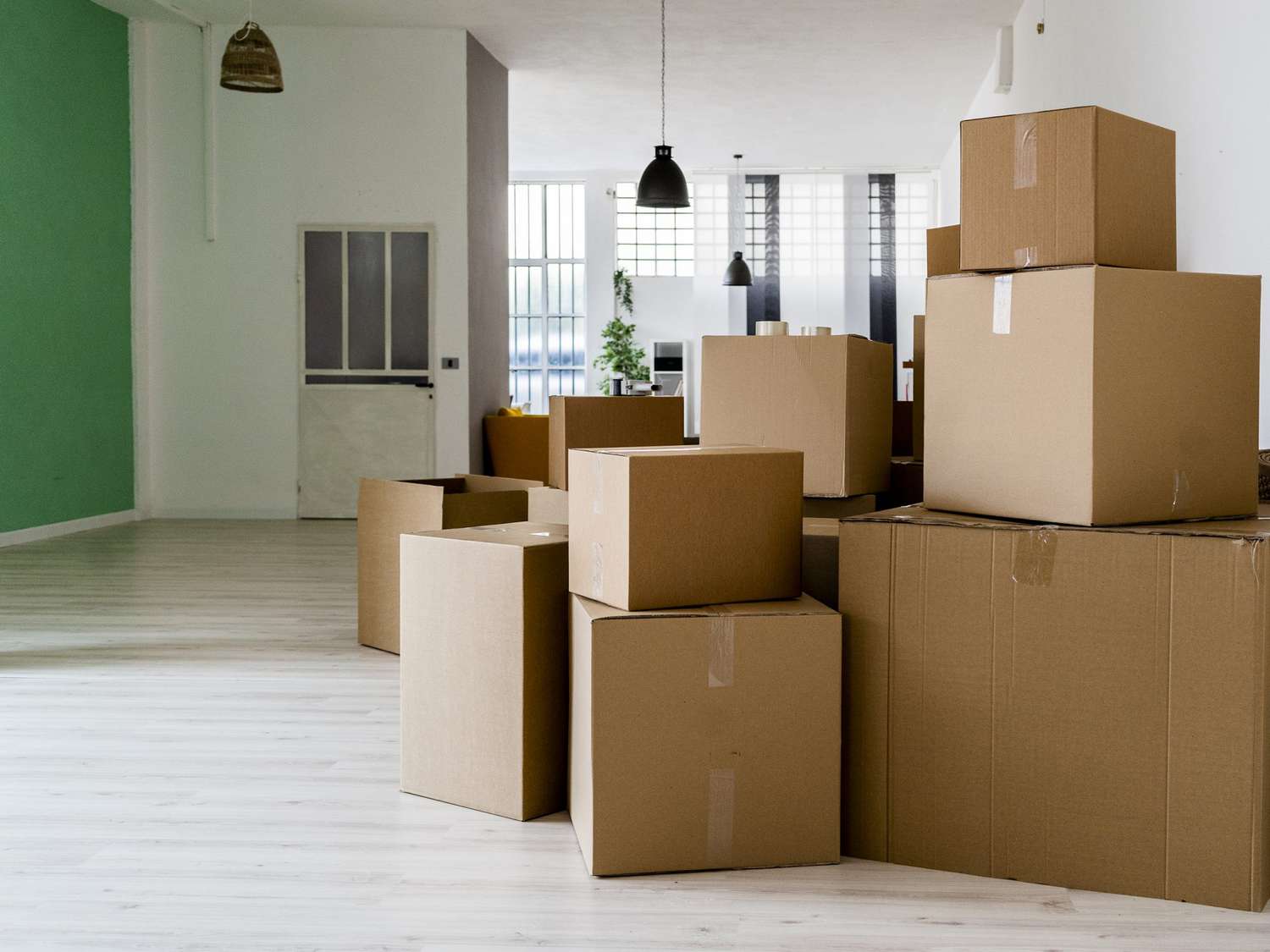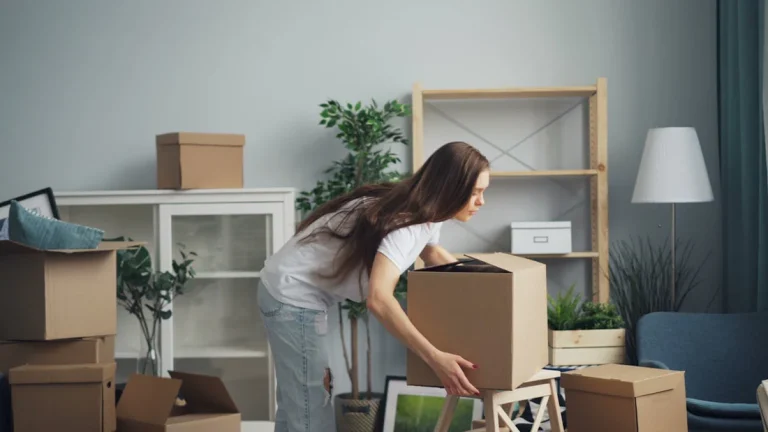
Moving to a new home, whether across the street or across the country, is a significant event that often comes with a great deal of excitement—and stress. The task can feel daunting, especially when you consider all the logistics, the packing, the coordination, and the inevitable hurdles that arise. However, a well-organized checklist can transform the experience from chaos to calm, guiding you through the process with ease. To ensure your move is as smooth and efficient as possible, we’ve compiled a list of the top 10 checklist tips to help you stay on track and minimize unnecessary stress.
1. Start Early, Plan Ahead
One of the biggest mistakes people make when moving is waiting until the last minute to start preparing. Procrastination may seem tempting, but in reality, it only leads to unnecessary stress. Starting your checklist at least six weeks before the move will give you ample time to handle all the details. Begin with big-picture tasks like hiring movers or booking a rental truck, and then move to smaller tasks like sorting through your belongings. Creating a timeline with clearly defined milestones—such as setting the date for packing or scheduling utility disconnections—will help you pace yourself and stay organized.
Tip: Set specific deadlines for each task. Breaking down the moving process into manageable chunks will help you stay focused and avoid feeling overwhelmed.
2. Create a Packing Inventory
One of the most time-consuming aspects of moving is packing up your belongings, and a disorganized packing process can easily lead to misplaced items or wasted time. To keep things on track, create a packing inventory. List every major category of items—such as books, kitchenware, or clothing—and decide what needs to be packed. This will help you assess what you truly need to bring and what you can donate or discard.
Tip: Number or color-code your boxes according to rooms and contents. This way, you’ll know exactly where each item belongs once you begin unpacking, making the process much more efficient.
3. Declutter Before You Pack
Packing up years’ worth of accumulated belongings can be an exhausting task, but it’s also the perfect opportunity to declutter. Use your checklist to identify items that are no longer needed—old furniture, outdated electronics, clothing that no longer fits, or items that are broken beyond repair. Donate, sell, or recycle what you can, and you’ll not only lighten your load but also make your new home feel fresher and more organized.
Tip: The “One-Year Rule” is a great way to decide whether to keep something: If you haven’t used it in the last year, it’s time to let it go.
4. Label Boxes Clearly and Precisely
Labeling your moving boxes might seem like an obvious task, but it’s one that is often done haphazardly under the pressure of packing. However, clear and specific labels can make a world of difference when it’s time to unpack. Include the room each box belongs to, as well as a brief description of its contents. This will make it easier to prioritize which boxes to unpack first (such as essentials like toiletries, kitchen items, or important documents) and avoid the frustration of searching through random boxes.
Tip: Use color-coded labels for each room or specific types of items, such as fragile items or electronics. This will make sorting easier once you arrive at your new home.
5. Set Aside Essential Items
It’s easy to get caught up in the chaos of packing and lose track of the essentials—the items you’ll need immediately upon arrival at your new home. Create a list of must-have items that should be packed separately and kept with you during the move. This could include toiletries, a change of clothes, medication, chargers, important documents, or even basic kitchen supplies.
Tip: Prepare an “essentials box” for each person in your household. This box should contain everything you’ll need for the first 24-48 hours in your new home, ensuring that you don’t have to dig through dozens of boxes just to find your toothbrush.
6. Notify Relevant Parties of Your Move
One of the most easily overlooked aspects of moving is notifying the relevant parties about your change of address. Updating your address should be done well in advance to avoid missing important mail. This includes notifying the post office, your bank, utility providers, insurance companies, and any subscription services you use. Don’t forget to update your address with your employer and other institutions, such as schools or medical providers, if applicable.
Tip: Consider setting up mail forwarding with the postal service. This will ensure that any mail sent to your old address is redirected to your new one for a few months after your move.
7. Coordinate with Movers or Helpers in Advance
Whether you’re hiring professional movers or relying on friends and family to help, it’s crucial to coordinate with them well ahead of the move. Confirm the date, time, and logistics for when and where they will be helping you. If you’re using a moving company, ensure you get a written estimate and confirm what’s included in the price—such as packing materials or travel time.
Tip: If you’re moving on a weekend or during peak moving season (typically summer), book your movers early. Availability can be limited, and you don’t want to find yourself scrambling for last-minute help.
8. Take Measurements of Your New Home
Before you begin the heavy lifting of moving furniture into your new space, take the time to measure the doors, hallways, and rooms of your new home. This will allow you to determine if your furniture will fit comfortably and help you plan the best layout for your new space. Having a rough idea of where each item will go will also make the unloading process smoother and more efficient.
Tip: If possible, take a floor plan of your new home with you during the move so you can visualize where to place furniture as you unload.
9. Arrange for Utility and Service Transfers
Another essential task on your checklist is ensuring that all utilities and services are transferred to your new address. This includes electricity, gas, water, internet, and cable. Schedule these transfers ahead of time so that everything is set up and ready to go when you arrive. If you’re moving long-distance, be sure to double-check the timing to avoid gaps in service.
Tip: Don’t forget about other services, like trash removal, lawn care, or pest control. These should be canceled or transferred before you leave, or set up in advance for your new home.
10. Stay Organized on Moving Day
Finally, on the day of the move, make sure you stay organized and on top of your checklist. It’s easy to get flustered with all the activity, but keeping track of your progress will help ensure nothing is overlooked. Keep all important documents—like your lease or purchase agreement, ID, and insurance information—handy. If you’re hiring movers, do a walk-through of your old home to make sure nothing is left behind, and do the same for your new home before you unpack.
Tip: If you’re coordinating a team of helpers, assign roles to ensure everyone knows what they should be doing. This keeps the process flowing smoothly and prevents unnecessary delays.
Conclusion
Moving is a multifaceted, often stressful task, but with the right planning and preparation, it doesn’t have to be a chaotic experience. By following these 10 checklist tips, you’ll be able to stay organized, save time, and reduce the likelihood of overlooked details. Whether you’re moving across town or across the globe, a thoughtful, well-executed plan will make your transition smoother and more enjoyable. Remember, the key to a successful move lies in starting early, staying organized, and thinking ahead.





